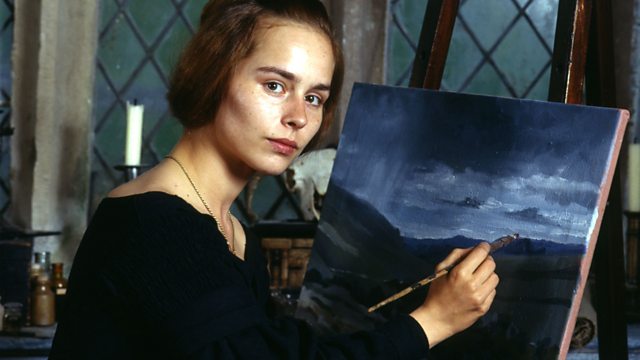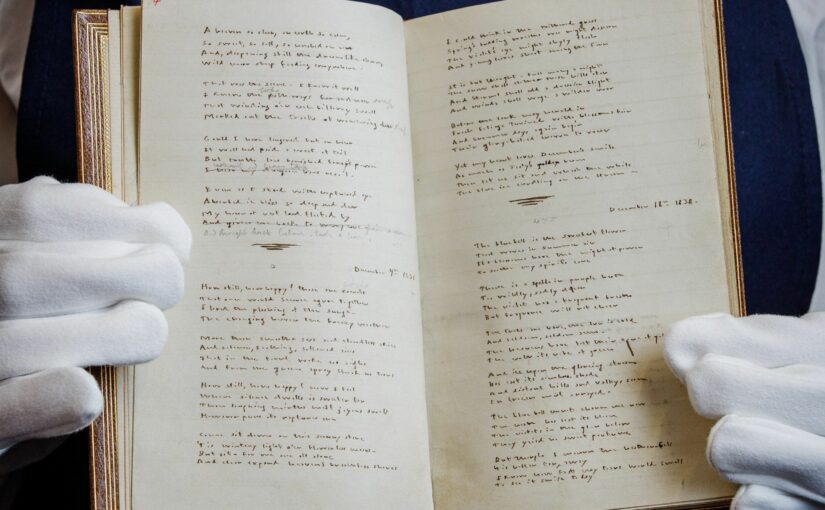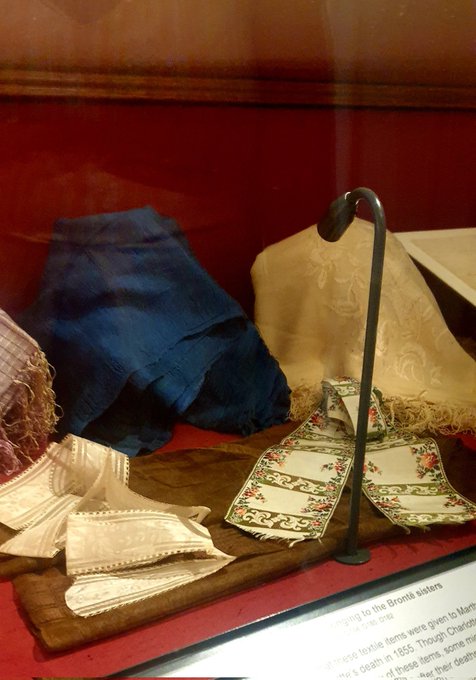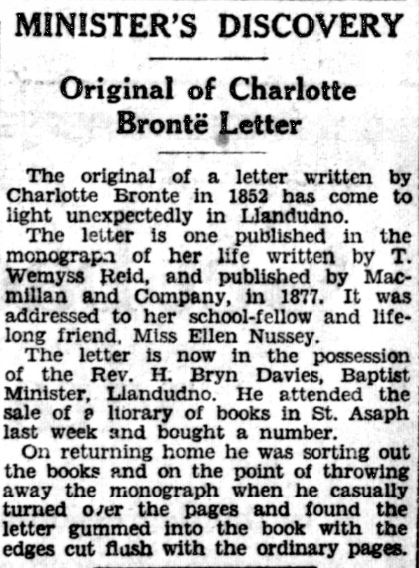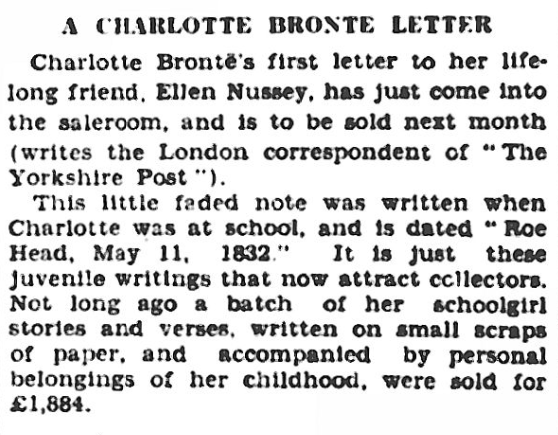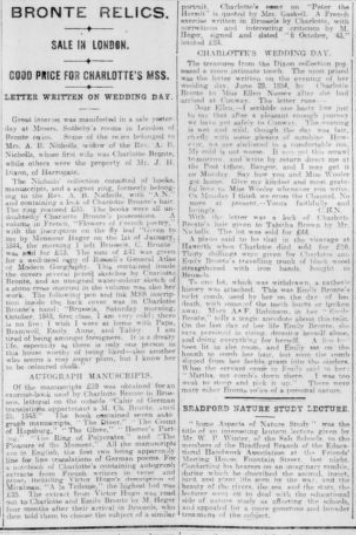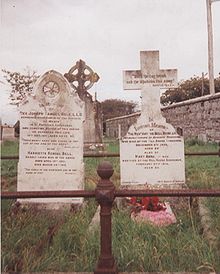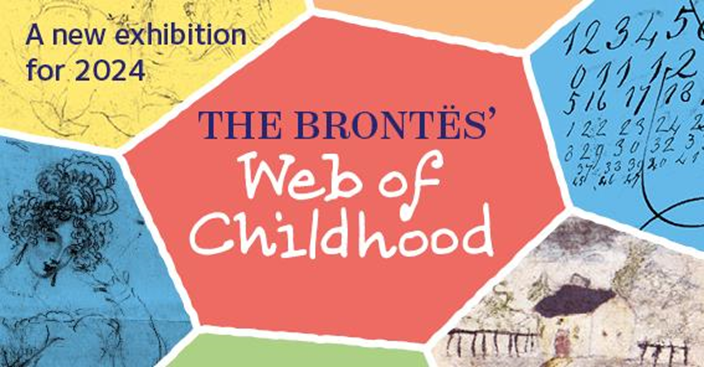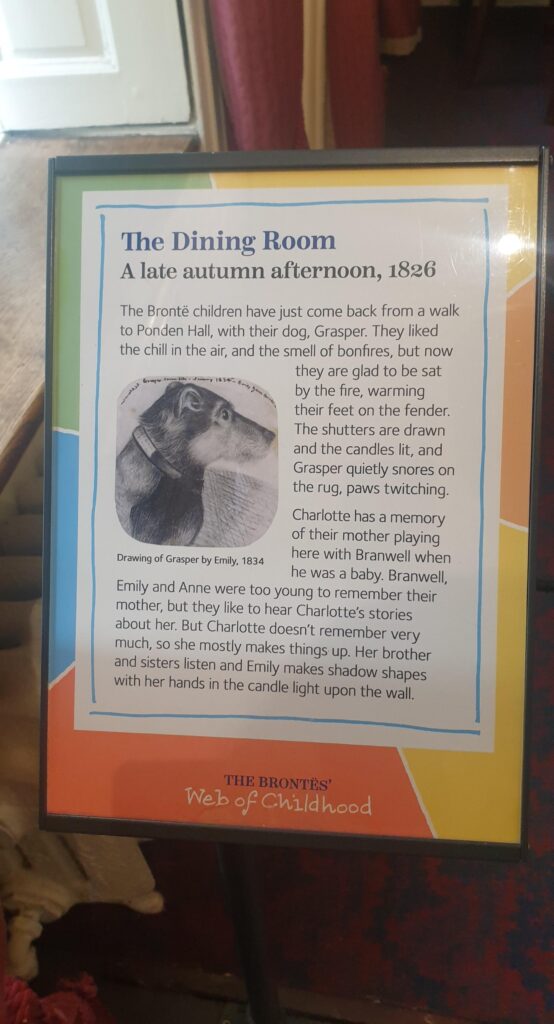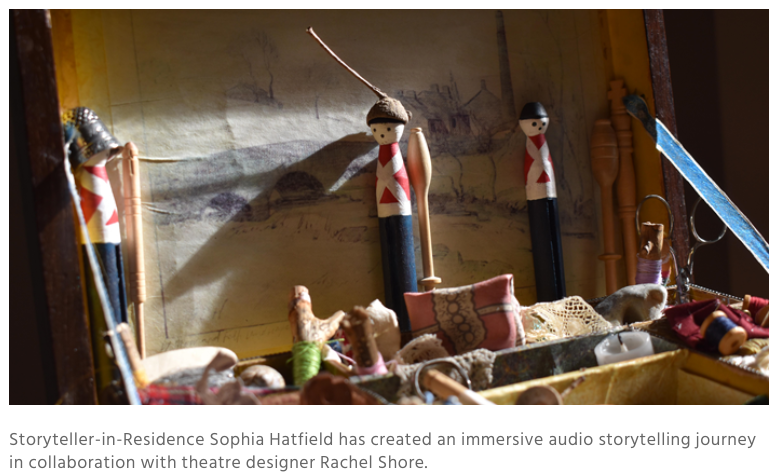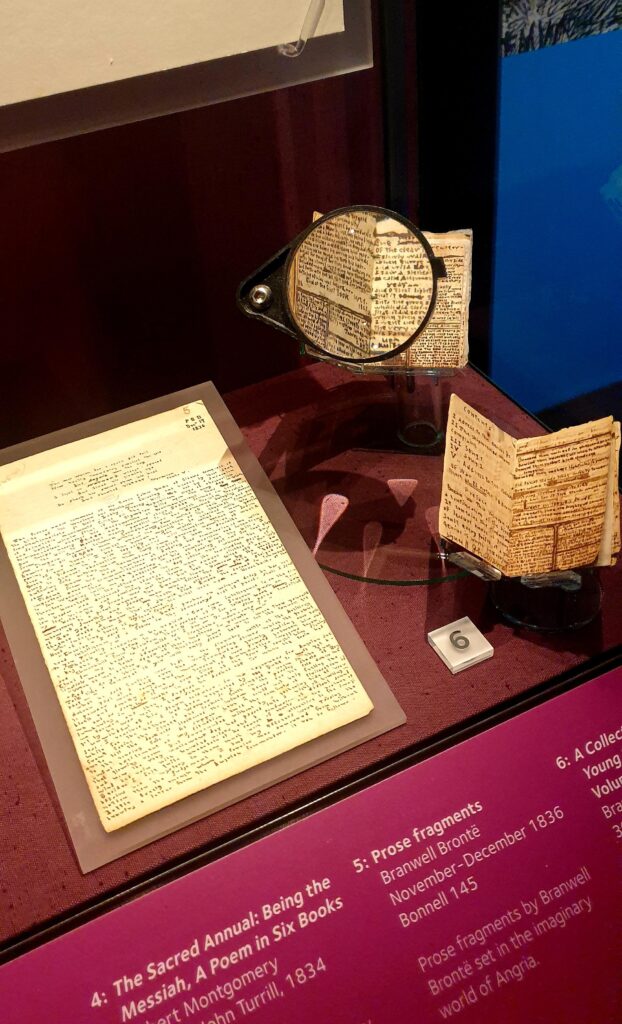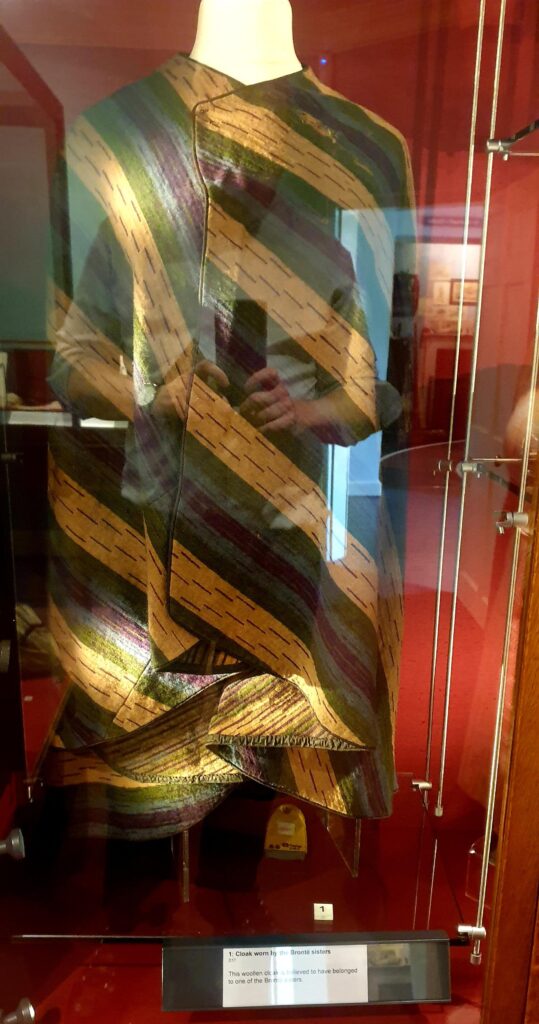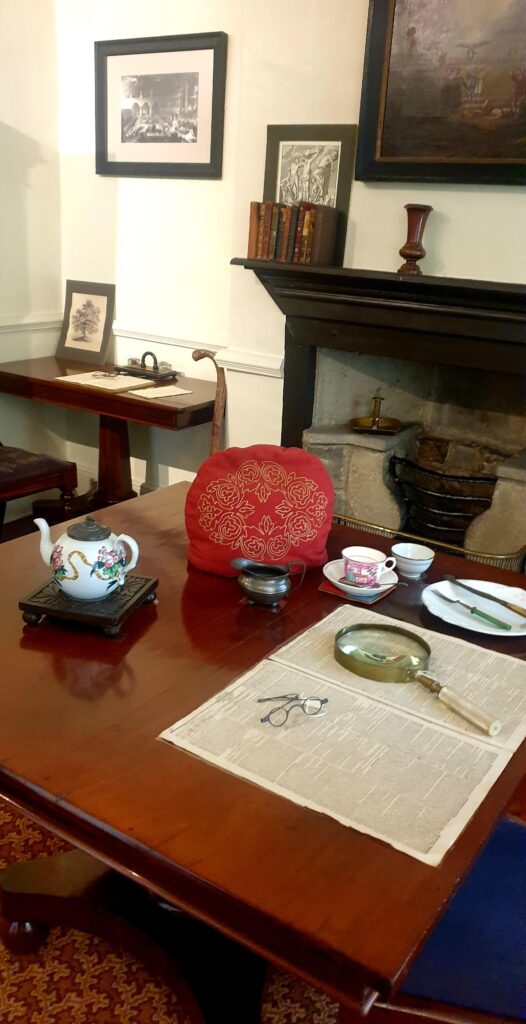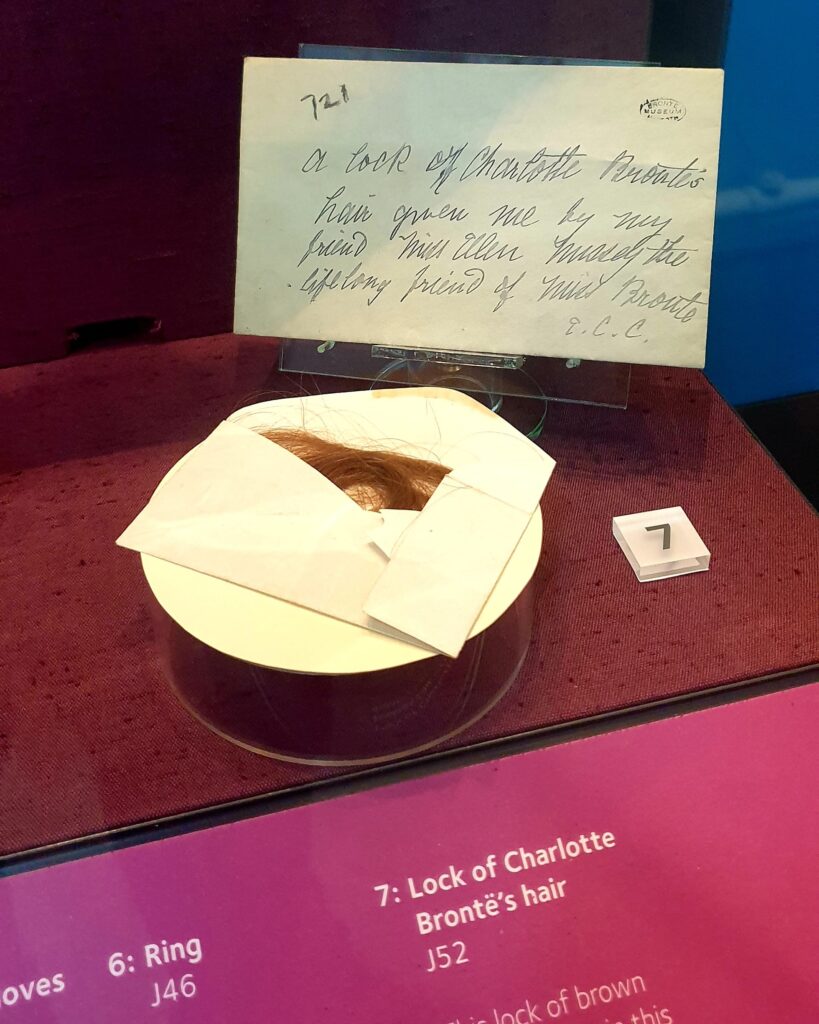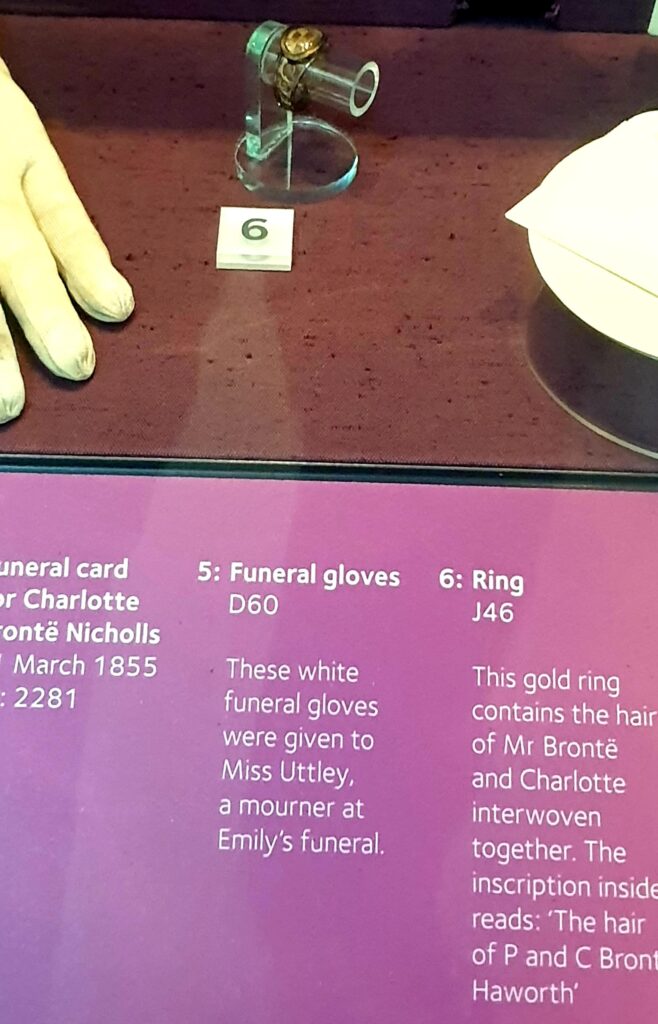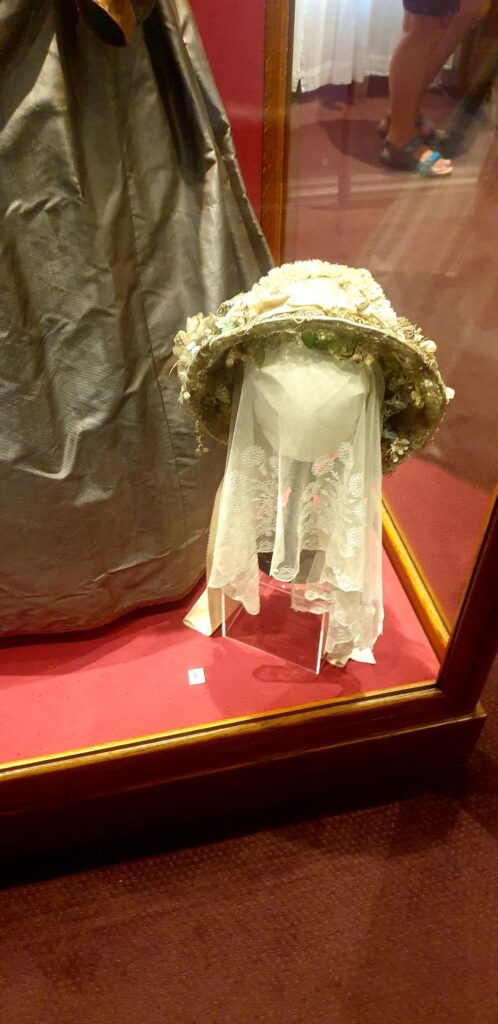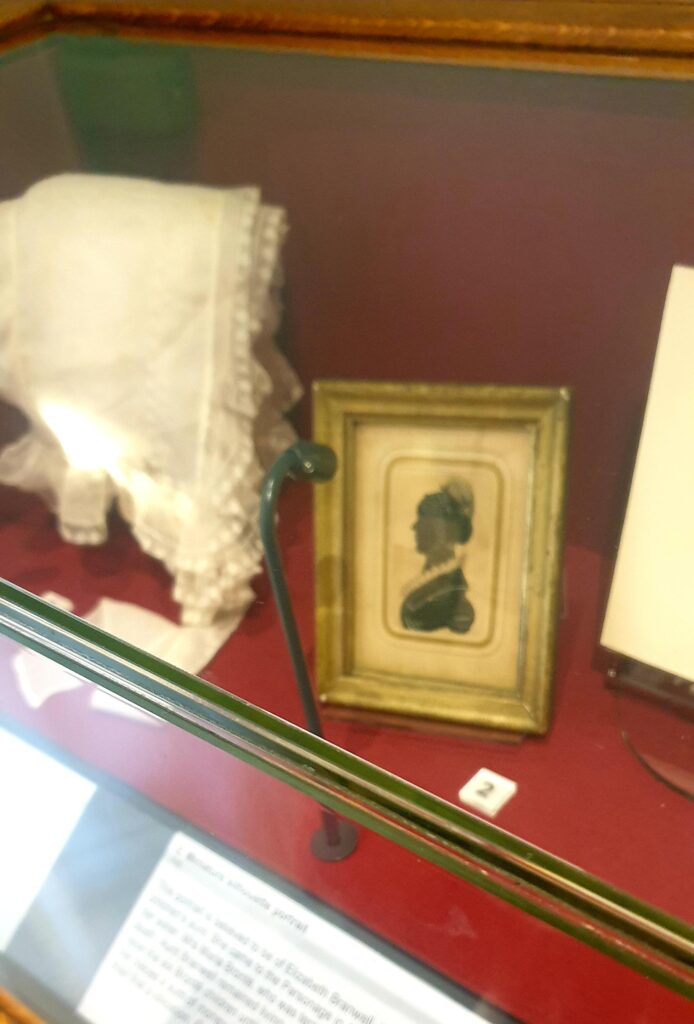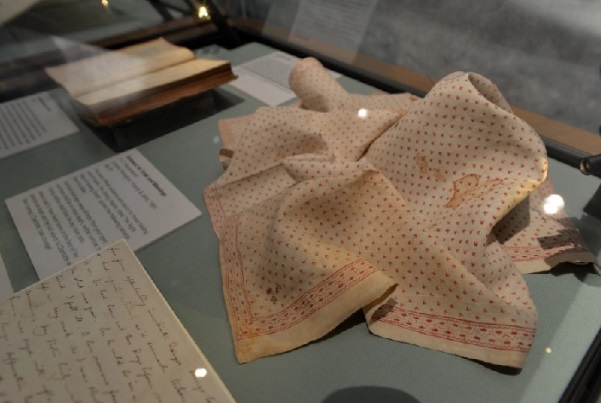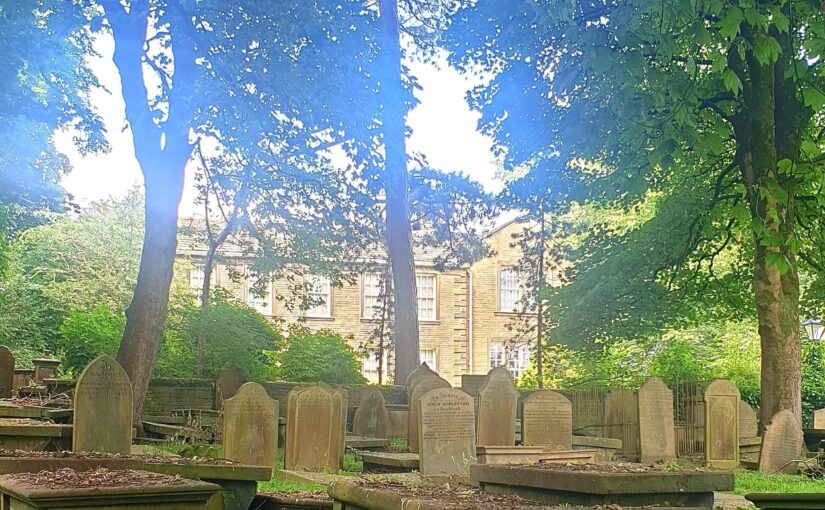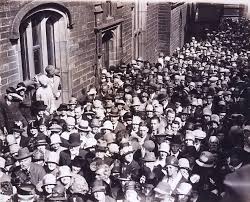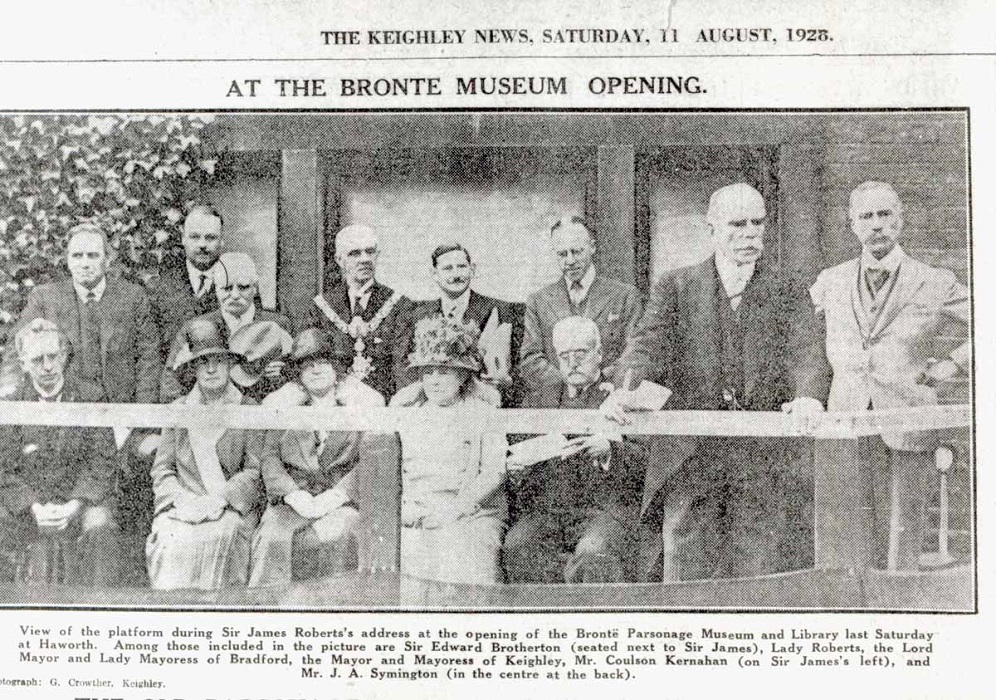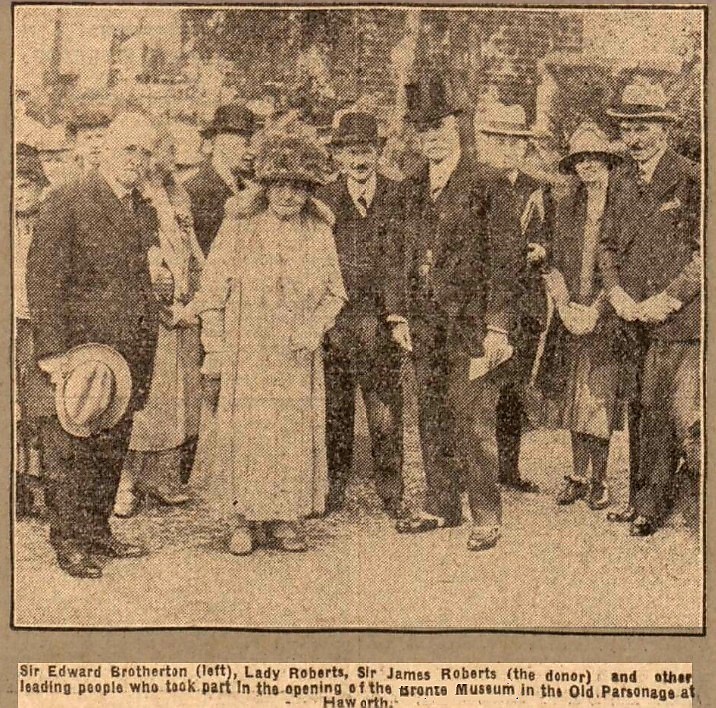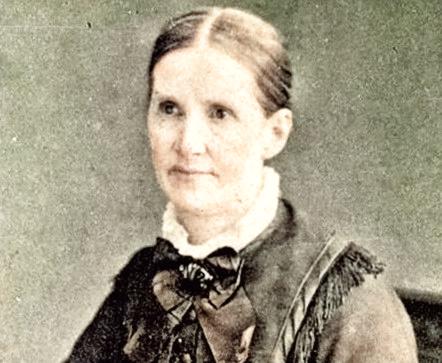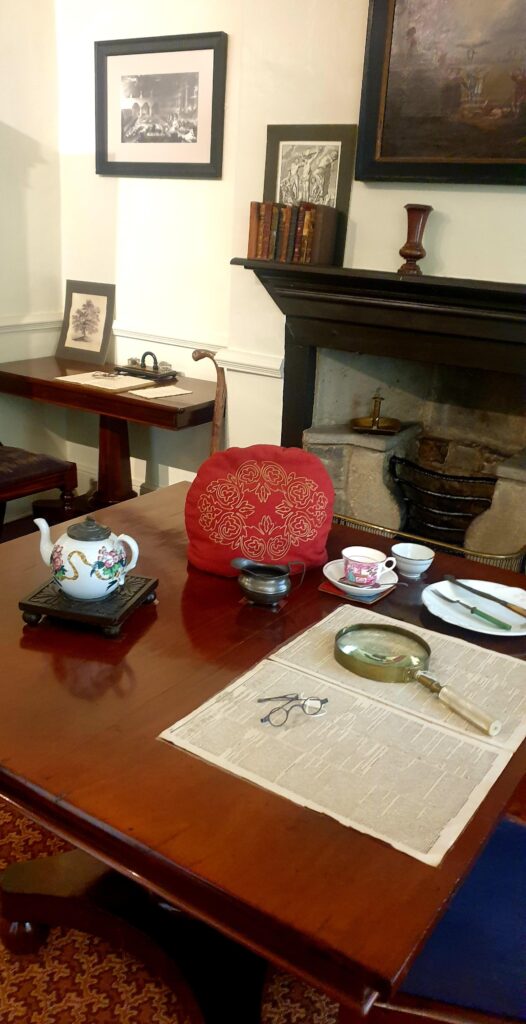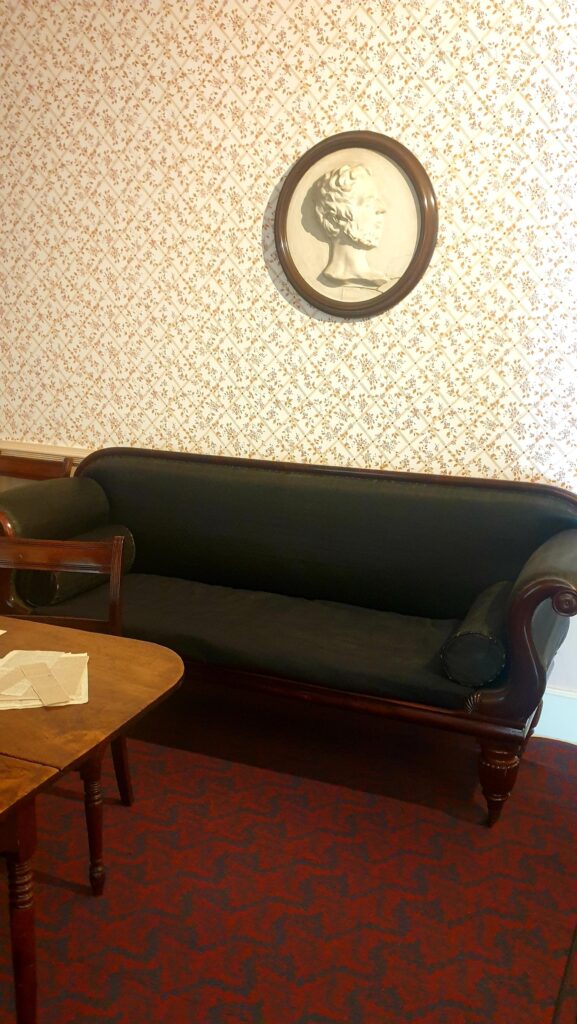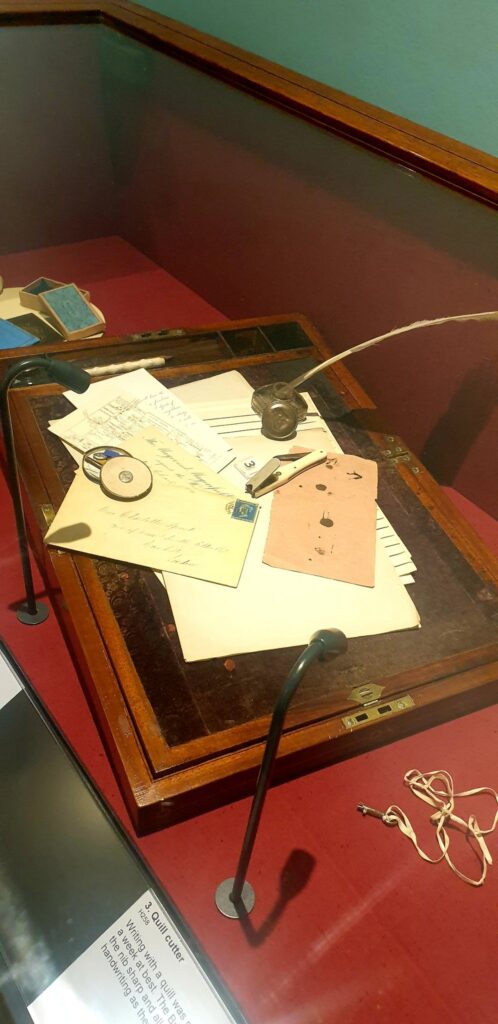The whole world knows that the three writing Brontë sisters (Charlotte Brontë, Emily Brontë and Anne Brontë) were authors and poets of the finest quality – geniuses whose novels are still read and adapted across the world over 200 years after their births. They were also excellent artists, along with their brother Branwell Brontë, and showed prodigious talent from an early age. In today’s Brontë blog post we are looking at the early art of Anne Brontë.
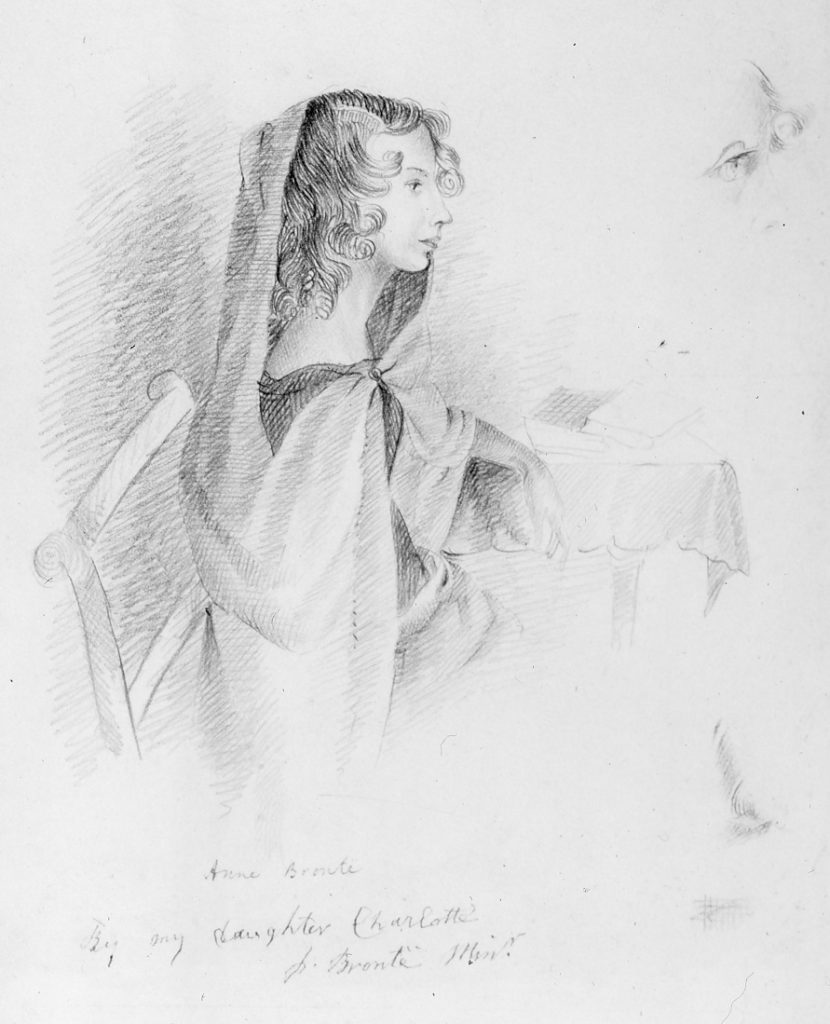
Art was something that Anne Brontë excelled at, and something she loved – and we’ll look at some evidence of this to be found in one of her novels later. Coming from a lower middle class background (their father’s position as a Church of England priest was completely respectable, but they had little money and no property of their own), there were two obvious career paths that presented themselves to the young Brontë girls: teacher or governess.
For this reason, from an early age they would have been taught the essential skills that they would pass on to their future pupils; needlework (which we know was taught by their Aunt Branwell) and artwork would have been especially prized. A letter from Charlotte Brontë to her father Patrick sent in 1829 (when she was 13 and Anne 9) reveals how the siblings (at the time on a visit to their Uncle Fennell in the nearby parish of Crosspool) spent their time drawing and painting:
“Branwell has taken two sketches from nature, and Emily, Anne and myself, have likewise each of us drawn a piece from some views of the lakes which Mr Fennell brought with him from Westmoreland.”
We see then that the Brontës were copying artworks, and also sketching from nature. It is from this period in time that we have this drawing of a church surrounded by trees by Anne Brontë. She has kindly dated it for us, so that we can see that Anne was just eight years old when she completed this:
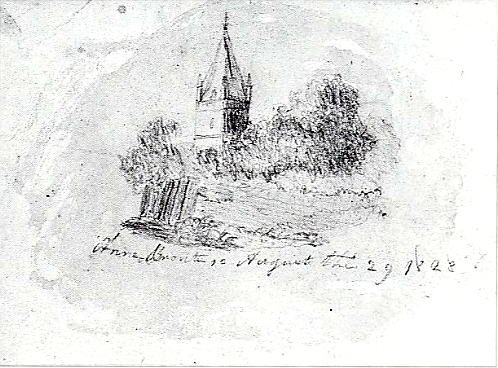
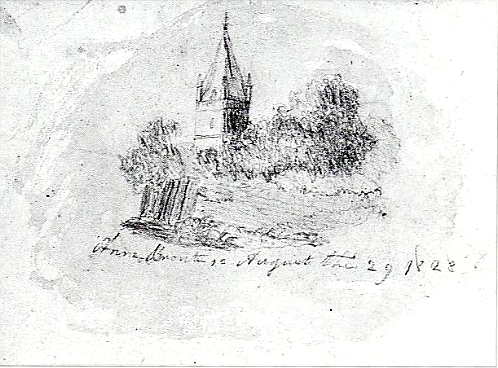
No doubt noticing his girls’ talents for art, and always keen to encourage their learning and creativity, Patrick Brontë arranged for his daughters to have formal art lessons from John Bradley of Keighley. Bradley was an established local artist of some talent, although he wasn’t usually an art teacher so it’s possible that Bradley taught the girls as a favour to his friend Patrick.
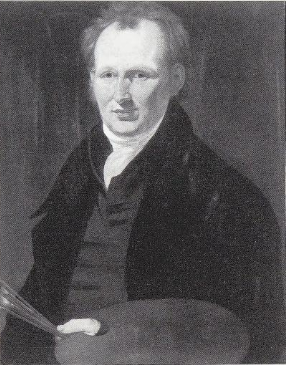
These lessons helped the Brontës’ art flourish, so that by the age of just 16 years old Anne Brontë had produced this sublime image entitled ‘Man With A Dog Before A Villa.’:
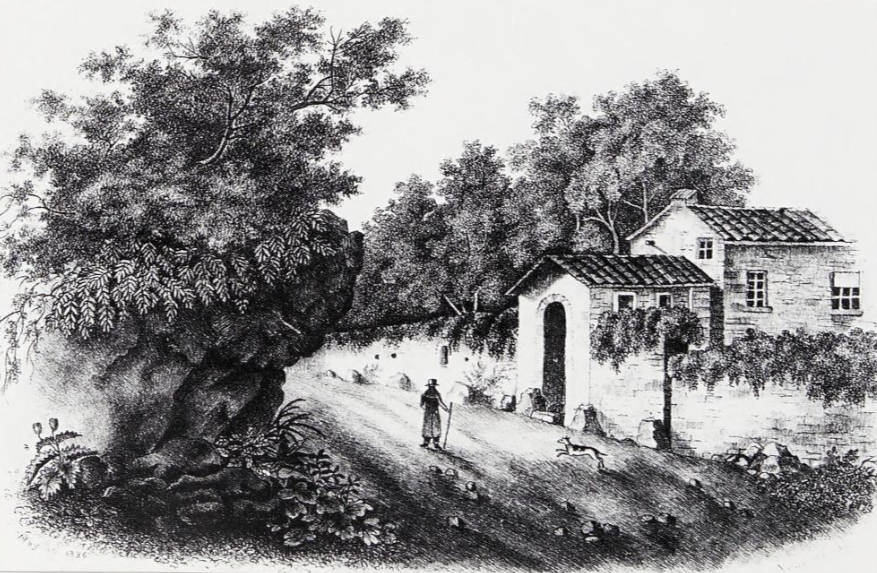
We know that Anne continued to draw and paint throughout her all too short life, and I think it’s safe to say that she did that not only by necessity during her years as a governess, but also because she greatly enjoyed creating works of art. After all, in her second novel The Tenant Of Wildfell Hall what career does Anne choose for her heroine Helen to pursue? She is a professional artist as we see from the opening of chapter five when Gilbert and Rose make their first visit to Wildfell Hall’s new tenant:
‘It was about the close of the month, that, yielding at length to the urgent importunities of Rose, I accompanied her in a visit to Wildfell Hall. To our surprise, we were ushered into a room where the first object that met the eye was a painter’s easel, with a table beside it covered with rolls of canvas, bottles of oil and varnish, palette, brushes, paints, &c. Leaning against the wall were several sketches in various stages of progression, and a few finished paintings—mostly of landscapes and figures.
“I must make you welcome to my studio,” said Mrs. Graham; “there is no fire in the sitting-room to-day, and it is rather too cold to show you into a place with an empty grate.”
And disengaging a couple of chairs from the artistical lumber that usurped them, she bid us be seated, and resumed her place beside the easel—not facing it exactly, but now and then glancing at the picture upon it while she conversed, and giving it an occasional touch with her brush, as if she found it impossible to wean her attention entirely from her occupation to fix it upon her guests. It was a view of Wildfell Hall, as seen at early morning from the field below, rising in dark relief against a sky of clear silvery blue, with a few red streaks on the horizon, faithfully drawn and coloured, and very elegantly and artistically handled.
“I see your heart is in your work, Mrs. Graham,” observed I: “I must beg you to go on with it; for if you suffer our presence to interrupt you, we shall be constrained to regard ourselves as unwelcome intruders.”
“Oh, no!” replied she, throwing her brush on to the table, as if startled into politeness. “I am not so beset with visitors but that I can readily spare a few minutes to the few that do favour me with their company.”
“You have almost completed your painting,” said I, approaching to observe it more closely, and surveying it with a greater degree of admiration and delight than I cared to express. “A few more touches in the foreground will finish it, I should think. But why have you called it Fernley Manor, Cumberland, instead of Wildfell Hall, ——shire?” I asked, alluding to the name she had traced in small characters at the bottom of the canvas.
But immediately I was sensible of having committed an act of impertinence in so doing; for she coloured and hesitated; but after a moment’s pause, with a kind of desperate frankness, she replied:—
“Because I have friends—acquaintances at least—in the world, from whom I desire my present abode to be concealed; and as they might see the picture, and might possibly recognise the style in spite of the false initials I have put in the corner, I take the precaution to give a false name to the place also, in order to put them on a wrong scent, if they should attempt to trace me out by it.”
“Then you don’t intend to keep the picture?” said I, anxious to say anything to change the subject.
“No; I cannot afford to paint for my own amusement.”
“Mamma sends all her pictures to London,” said Arthur; “and somebody sells them for her there, and sends us the money.”’
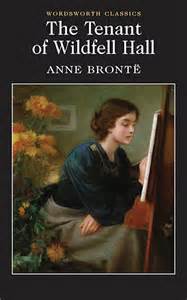
When we look at the novels, poetry and art of the Brontë sisters we cannot help but be in awe of their talent and genius, and Anne deserves to be considered just as much of a genius as her sisters Charlotte and Anne. I hope you can join me next week for another new Brontë blog post.
